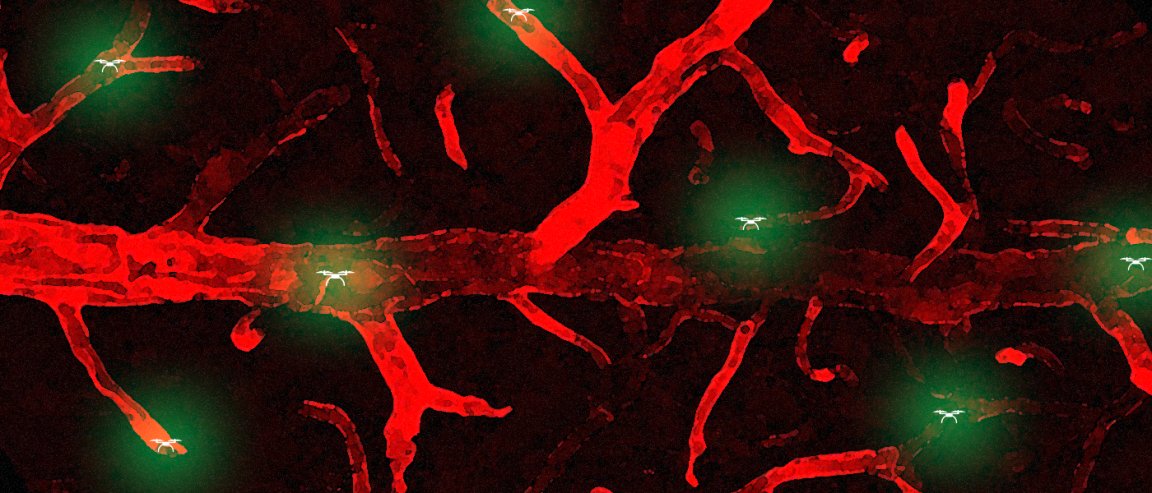
Molecular Robots
Researchers at the Department of Chemistry at the Hokkaido University in Japan have created a crystalline assembly that moves when exposed to blue light. Some of these assemblies exhibited a ‘swimming-like’ motion when placed in water.
The mini robots are made of an organic compound called azobenzene, a dye component, and oleic acid, a component found in cooking oil. After exposing the compound in blue light and observing it under a microscope, researchers found out that an oscillatory bending-unbending motion of the crystals occurred. This suggests that there are two stable structure formed—bent and unbent—depending on the ratio cis and trans azobenzene. As the intensity of light increased, the frequency of the oscillation also increased.
The robots do not look like much, but in the right conditions, they can be made to swim into any desired direction. Technology like this could be applied in micro-robotic technology in the future. Imagine delivering drugs to target tissues with near-perfect accuracy.
Mimicking Live Organisms
According to Yoshiyuki Kageyama, one of the projects lead researchers, “The ability to self-organize rhythmic motions, such as the repetitive flipping motion we observed, is one of the fundamental characteristics of living organisms.This mechanism can be used in the future to develop bio-inspired molecular motors and robots that will find applications in wide areas, including medicine.”
In the past, similar robots have seen limitations in their ability to deform. But the robots created in Hokkaido University have a two-step switching mechanism that allows regular, repetitive oscillating motion.
There are no plans yet on commercializing the mini bots just yet, but the technology could soon be applied in the field of medicine. Watch how the assembly oscillates below.